1812 E. Broadway St.
Pearland, TX 77581
Bone loss in the jaw can lead to loose, ill-fitting dentures or cause problems for dental implants. Fortunately, bone grafting treatments at Pearland Dental Group may help restore bone volume so you can smile confidently again.
Learn how our Pearland, TX, dentists, Dr. Rushi Dave and Dr. Mili Shah can use dental bone grafting to replace missing bone tissue with grafting material. Call us at (281) 993-9900 to learn how bone grafts can provide a solid foundation for implants and other restorations.
Dental bone grafting, also referred to as simply bone grafting or bone augmentation, is a surgical procedure that replaces missing bone tissue with bone graft material. It helps build up an area that has experienced bone loss (resorption) and doesn’t have enough bone to support restorations like dental implants or dentures.
During bone grafting, our Pearland dentist places bone grafting material at the site needing regeneration. The graft provides scaffolding and stimulates your body’s natural healing abilities to grow new, healthy bone tissue.
There are multiple types of bone grafts used in dentistry. The type of graft you’ll undergo depends on several factors such as the size of the defect, location in the mouth, and the amount of new bone growth needed.
An autograft uses bone harvested from another site on the patient’s body, typically the chin, hip bone, or tibia. This is considered the “gold standard” since it uses the patient’s natural bone, reducing the risk of rejection. However, it does require additional surgery to obtain the graft material.
Allografts use bone from a human donor, usually sourced from a tissue bank. The bone goes through rigorous sterilization and screening processes to prevent disease transmission. Having the proper shape and structure gives allografts an advantage, but they do carry a slight risk of rejection.
A xenograft involves bone from a non-human species, often bovine. The bone is processed to remove any organic components that could cause an immune response. Xenografts provide the scaffolding for bone regeneration but are slowly replaced by the patient’s own bone growth.
Alloplasts use synthetic materials like hydroxyapatite, tricalcium phosphate, or bioactive glass. The material is engineered to mimic the properties of bone to stimulate growth. Alloplasts reduce the risks of rejection and infection. However, the new bone growth relies on the surrounding tissue, so success rates can vary.
Many potential benefits make bone grafting an effective option for restoring lost bone volume, some of which include the following:
The following types of dental patients may benefit from bone grafting:
Before undergoing bone grafting, you’ll have an initial consultation with one of our Pearland dentists. During your consultation, your Pearland dentist will assess your unique case, explain the graft options, and customize a treatment plan just for you. They’ll address any questions so you feel informed and comfortable moving forward with the bone graft process.
Any dental disease will be fully treated before bone grafting surgery. You’ll receive medication before the procedure to help you relax and prevent infection. The team will take impressions, records, and imaging to precisely plan the case.
On the day of surgery, the graft site is numbed with local anesthetic. The bone graft material is then placed precisely where needed and shaped. Specific techniques depend on the type of bone graft selected. Stitches help hold the graft in place during initial healing.
Once the graft has successfully integrated, the next phase of treatment begins. This may involve inserting dental implants, creating dentures, or other solutions to restore your smile.
Proper aftercare and great oral hygiene will help ensure your bone graft heals optimally. Here are some bone grafting recovery tips from our Pearland dentists:
Most patients have initial swelling and soreness subside within one to two weeks after surgery. Complete healing takes about four to twelve months, depending on the size of the graft site.
In many cases, dental implants can be placed around four to six months after a successful bone graft once the adequate amount of bone has regenerated. Your dentist will determine the ideal timing.
There will be some post-operative discomfort, but it’s normally well managed with pain medication and ice. People’s sensitivity varies, but it’s not an extremely painful procedure for most.
Dental insurance coverage for grafting varies. Your dental team will be glad to verify and explain your policy benefits and can submit the claim paperwork on your behalf.
Don’t live with the drawbacks of a thin jawbone any longer. Call Pearland Dental Group today at (281) 993-9900 to schedule your consultation and learn more about bone grafting and restoring your smile. We welcome patients from Pearland and surrounding areas of Texas including Fresno, Houston, Alvin, and League City, TX. With Dr. Rushi Dave, and Dr. Mili Shah leading your treatment, you can feel confident in your oral health and smile again.
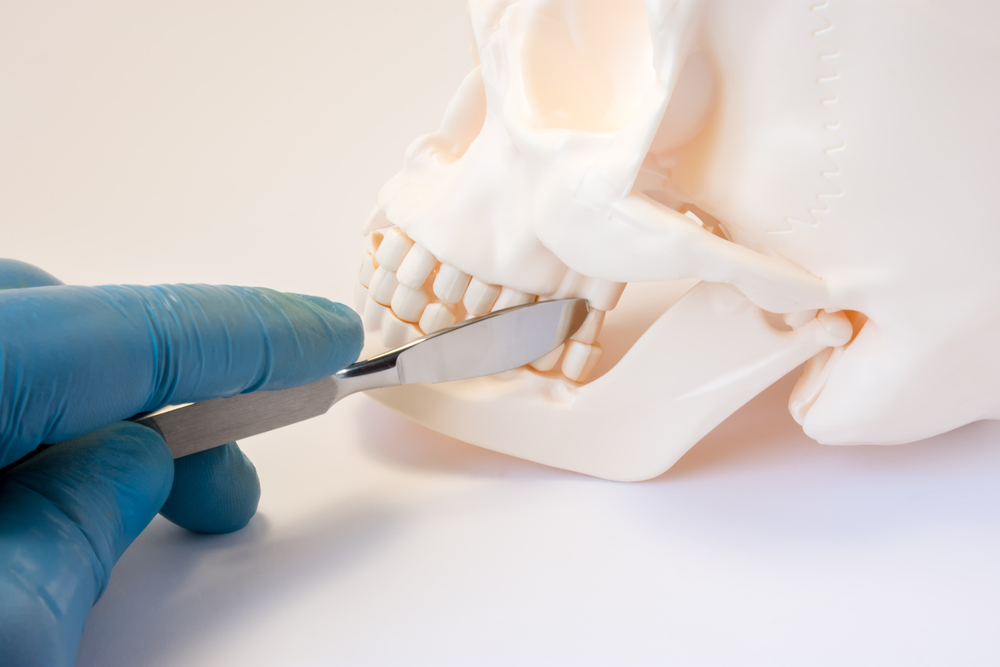
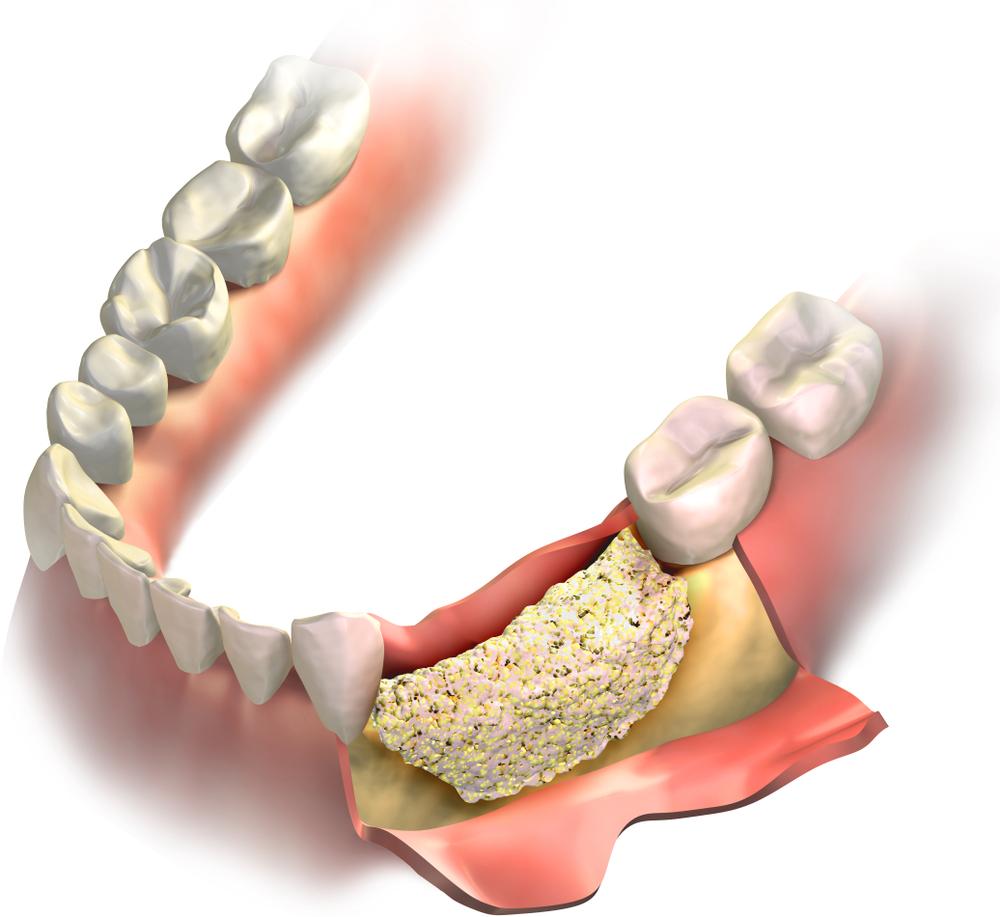
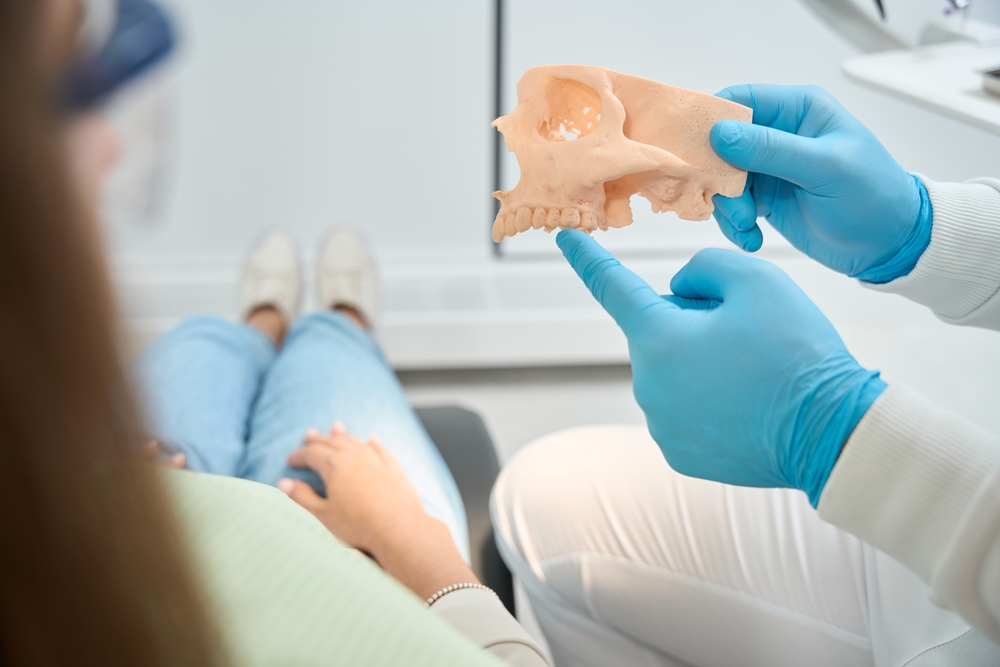

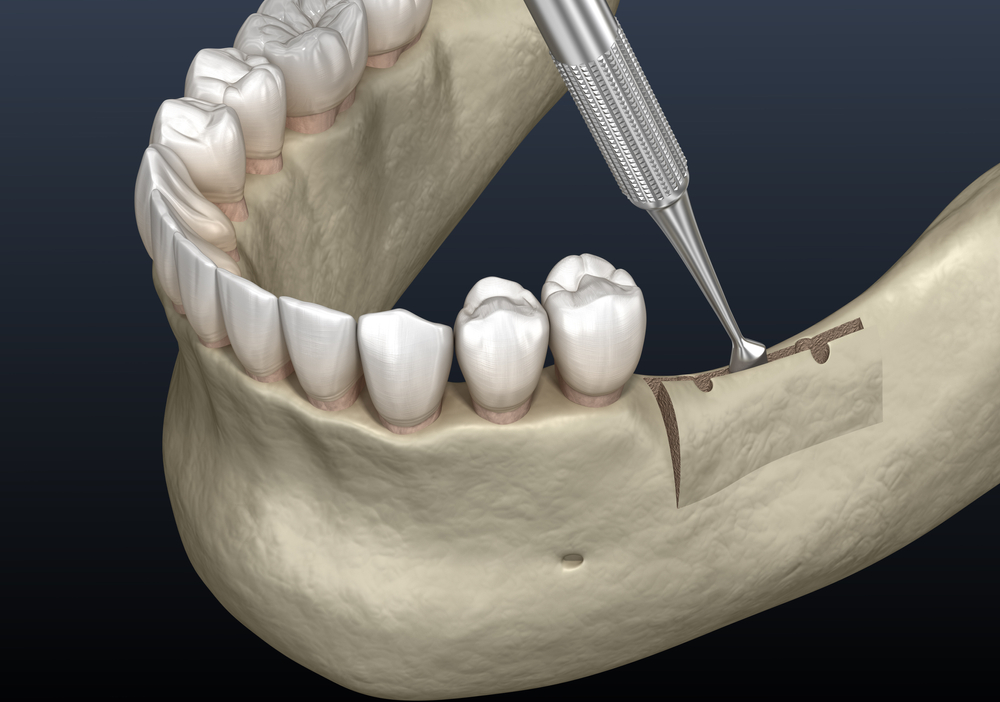

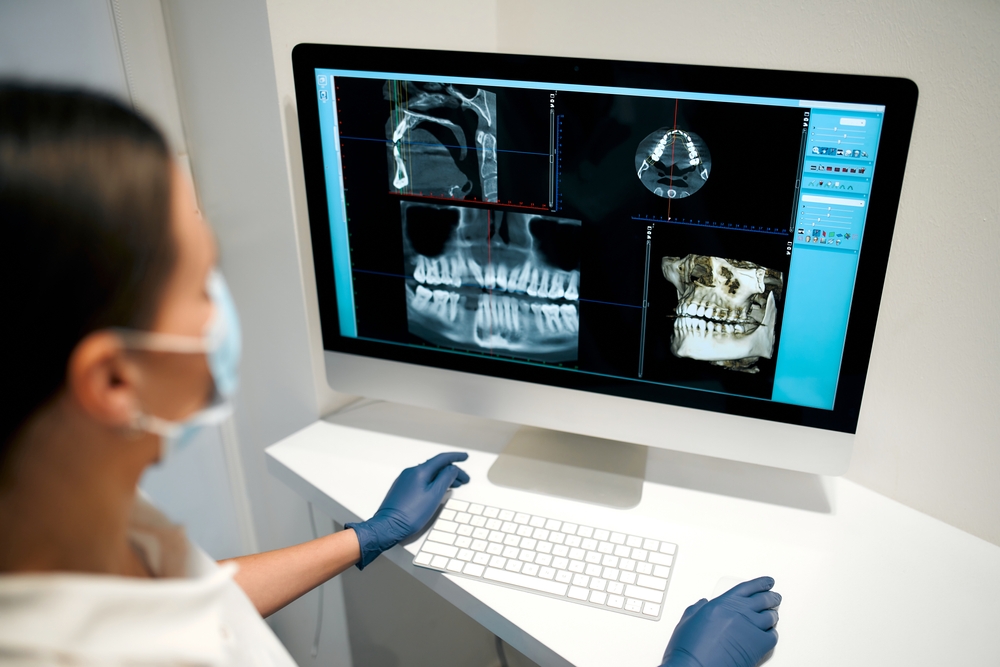
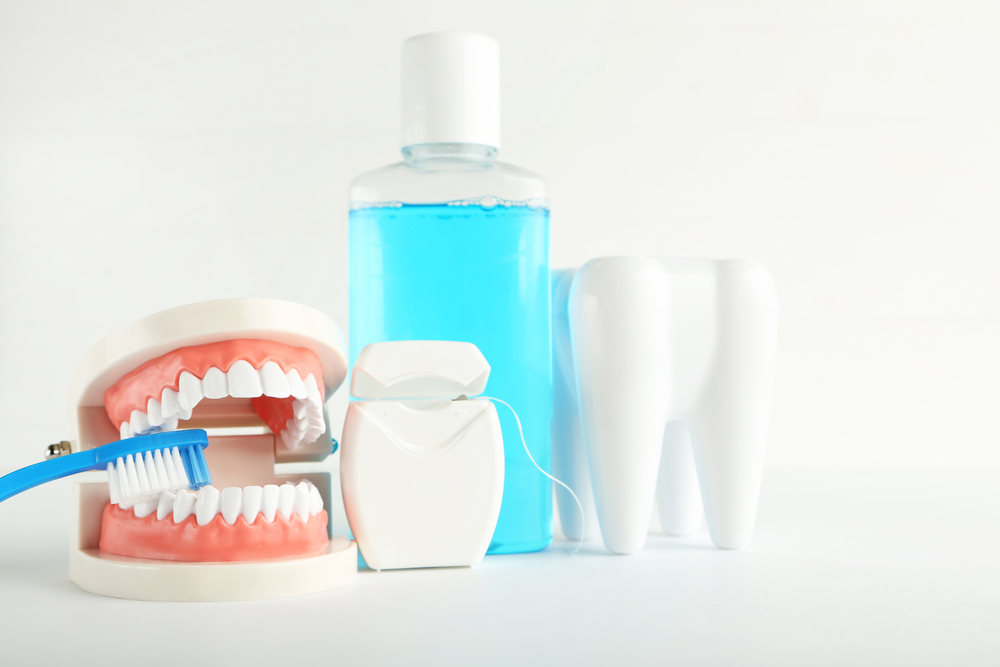
Our clinic offers all kinds of services and constantly study new
technology to add new custom services to the list
Phone: (281)993-9900
Address: 1812 E. Broadway St. Pearland, TX 77581
Copyright © 2021 Pearland Dental Group | Managed by Now Media Group